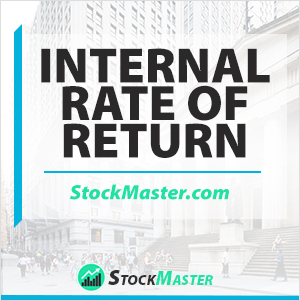What is Minimum Variance Portfolio? Definition: Minimum variance portfolio refers to a type of portfolio structuring that focuses on minimizing risks in investment while maximizing the profit-making potential. This type of investment portfolio features individual assets that each has some level of risk. However, then are hedged when put together and this helps to achieve
Category: Finance
Market Value Of Debt
What Is Market Value Of Debt? Definition: Market Value of Debt refers to the price at which investors would be willing to buy a company’s debt. It also refers to the amount of debt that companies have, but not reported directly in the balance sheet hence must be calculated. The debt, in this case, encompasses
Marketable Securities
What Are Marketable Securities? Definition: Marketable securities are financial instruments, like securities and debts, that can be converted into cash over a short period, usually under one year. The liquid financial instruments are considered marketable on the fact that they can be sold with ease and with little impact on their prices. Marketable securities also
Modified Internal Rate Of Return (MIRR)
What is Modified Internal Rate Of Return MIRR? Definition: Modified Internal Rate of Return or MIRR represents an investment’s internal rate of return when the investment is tailored to factor in the differences between investment return and re-investment rate. The MIRR operates on the assumption that a company reinvests its positive cash flows and the
Net Book Value (NBV)
What is Net Book Value (NBV)? Definition: Net book value in finance refers to an asset worth, at a given time. In its purest form, it represents the carrying value of assets, as represented in the balance sheet. It is calculated by subtracting accumulated depreciation from the original cost of total asset. Likewise, people often
Money Market
What is A Money Market? Definition: The money market is a section in the financial market that facilitates the trading of liquid and short-term financial instruments. In this segment of the capital markets, investors, as well as corporations, buy and sell securities of short-term maturities. The commonly traded instruments, in this case, include treasury bills
Nominal Value
What is Nominal Value In Capital Markets? Definition: The nominal value is the price printed on the front or face of a stock certificate, security, or any other financial instrument indicating what it will be worth at maturity. Commonly called par value 0r face value, it usually refers to either bonds or stocks. In economics,
Net Pay
What is Net Pay? Definition: Net Pay refers to the amount of money that employees get to take home after all deductions are removed from the gross pay. It is simply the amount paid out on payday. It is computed from gross pay based on how employees are classified in an organization. Understanding Net Pay
Present Value Table
What Is Present Value Table? Definition: A present value table is a chart used to calculate the current value of a stream of money to be received in the future. The table multiplies coefficients by the future cash flows to calculate the present value of the cash flow stream. Present value measures the current value
Internal Rate of Return (IRR)
The internal rate of return (IRR) is a financial ratio that measures the total amount of cash an investment will generate taking in consideration the initial investment as well as the discount rate. Whether it is about putting money in a time deposit, a bond or stock market, what is the one most important factor










